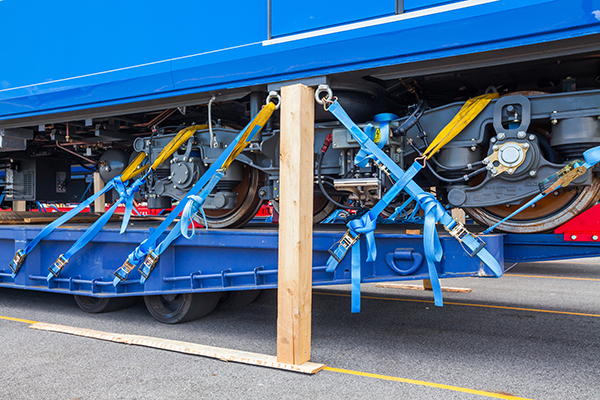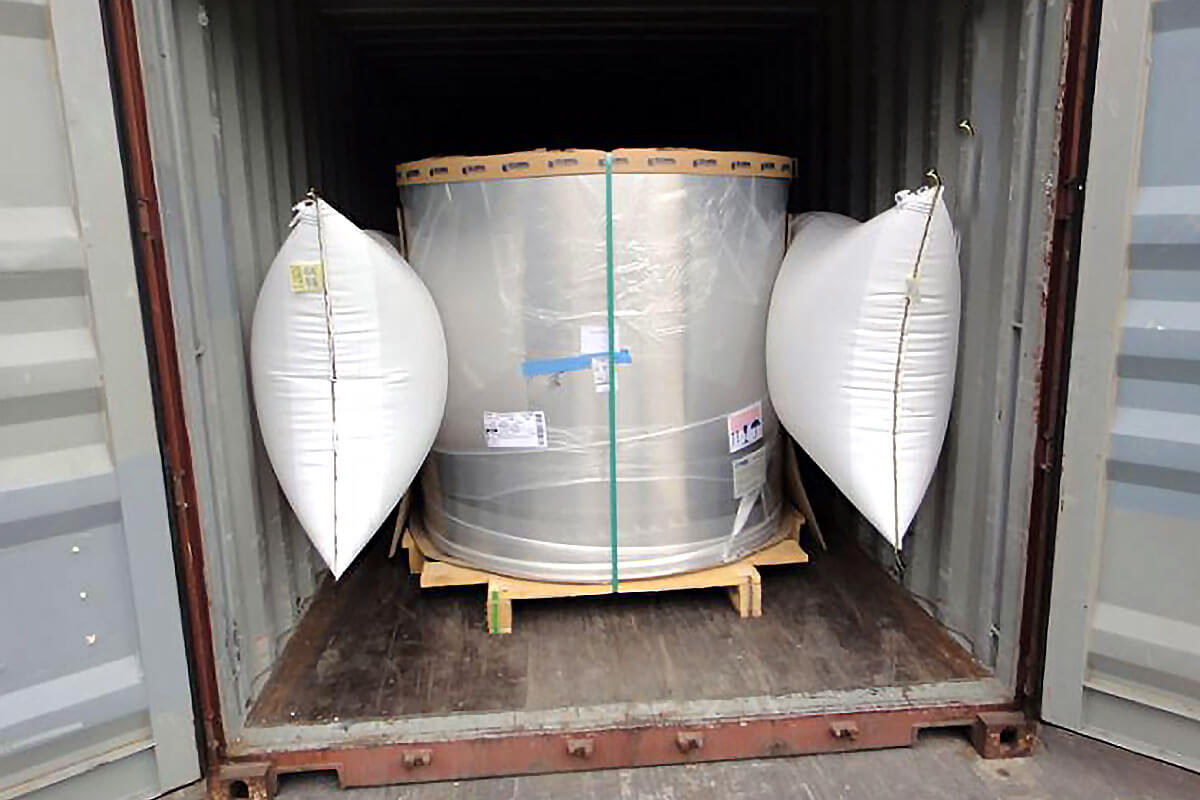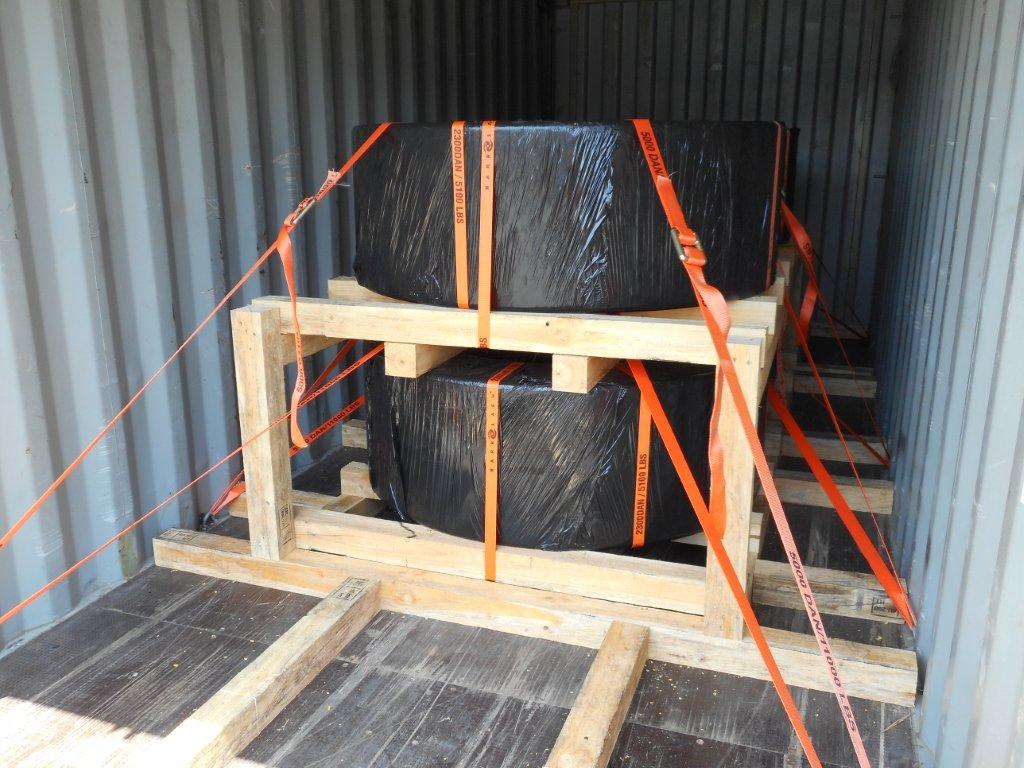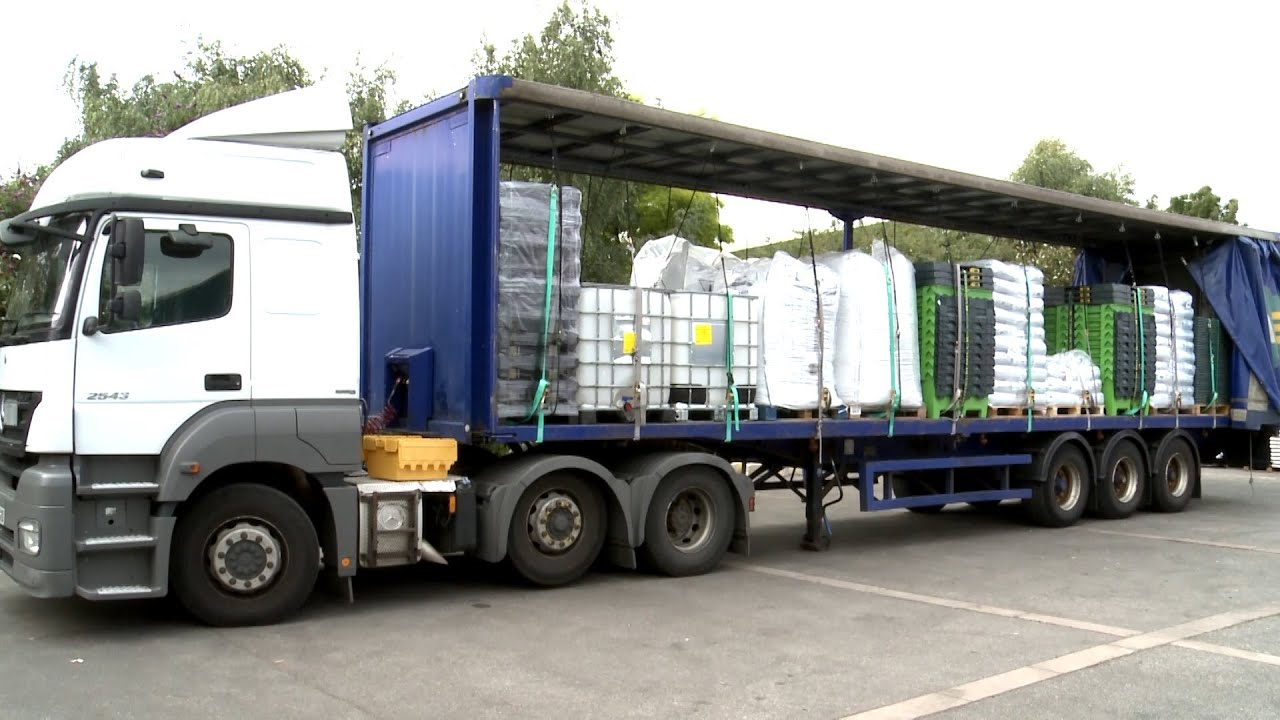What safety steps should you take before transporting a load?
Product theft, and product damage resulting from accidents or mishandling during cargo transport, represent not only financial loss for the companies involved in the supply chain, but also delays for their manufacturing or commercial operations.
Because of this, safety is a key issue to ensure the efficiency and fulfillment of logistics management, when seen as the measures we take to detect and mitigate risks and threats and to improve the protection and handling of goods.
In 2014, the European Commission released its best practice guidelines on securing cargo for road transport, prepared by the Directorate-General for Mobility and Transport.
While the guidelines are not binding, the methods and principles outlined there are intended to improve safety in transport operations by road.

Securing Cargo
The guidelines offer instructions and advice to freight forwarders and carriers regarding the securing, unloading, and loading of cargo. To ensure safety during shipping, cargo must be secured as to prevent rotation, serious deformation, wandering, rolling, tipping, or sliding. Methods that can be used include lashing, blocking, locking, or combinations of the three methods. The safety of all persons involved in transporting, unloading, and loading is a prime consideration as well as that of pedestrians, other road users, the vehicle, and load.
Applicable Standards
Specific standards that have been incorporated in the guidelines concern the materials for securing, securing arrangements, and the performance and strength of superstructures. Applicable standards include:
Transport Packaging
Poles – Sanctions
Tarpaulins
Swap bodies
ISO container
Lashing and wire ropes
Lashing chains
Web lashings made from man-made fibers
Strength of vehicle body structure
Lashing points
Calculation of lashing forces

Transport Planning
The parties involved in transport planning must provide description of the cargo, including details such as limitations for orientation and stacking, enveloping dimensions, positioning of the center of gravity, and mass of load. Operators must also ensure that dangerous cargo is accompanied by supporting documentation that is signed and completed. Dangerous items must be labeled, packed, and classified accordingly.

Loading
Only cargo that can be safely transported is loaded provided that a load securing plan is followed. Carriers must also ensure that the required equipment is properly used, including blocking bars, dunnage and stuffing materials, and anti-slip mats. With regard to cargo securing arrangements, several factors must be taken into account, including test methods, safety factors, friction factors, and accelerations. The latter parameters are examined in detail in European Standard EN 12195-1. Securing arrangements must also comply with the Quick Lashing Guide as to prevent tipping and sliding during shipping. Cargo can be secured through blocking or positioning the goods to the walls, supports, stanchions, sideboards, or headboard. Void spaces must be kept to a minimum for store, concrete, steel, and other rigid or dense cargo types.

Guidelines for Road and Sea Transport
Other regulations and codes may apply to intermodal logistics and transport, including the Code of Practice for Packing of Cargo Transport Units. Also referred as the CTU Code, it is a joint publication released by the United Nations Economic Commission for Europe, International Labor Organization, and International Maritime Organization. The code examines practices for packing and shipping of containers moved by land or sea. The guidelines include chapters on the packaging of hazardous goods, packaging cargo of CTUs, positioning, checking, and arrival of cargo transport units, and CTU sustainability. There are also chapters on CTU properties, general transport conditions, and chains of responsibility and information.
Post time: Oct-24-2022

